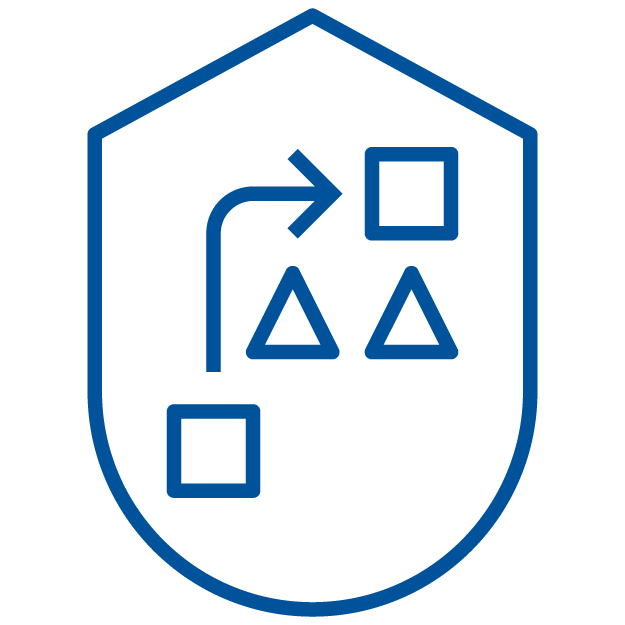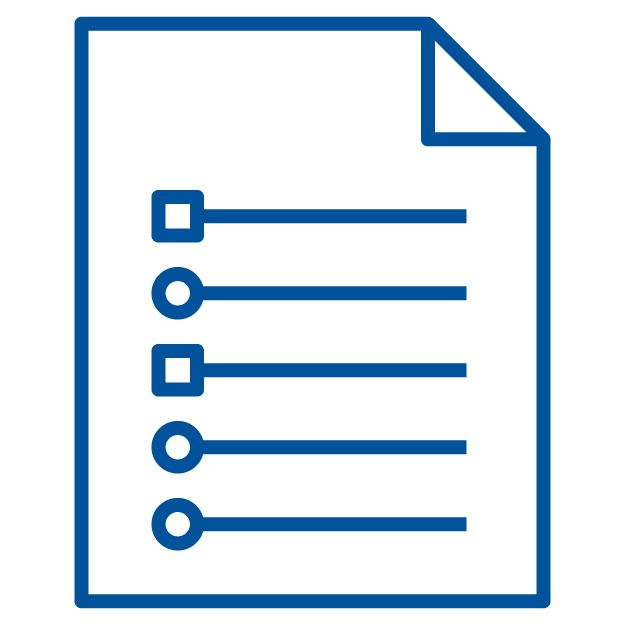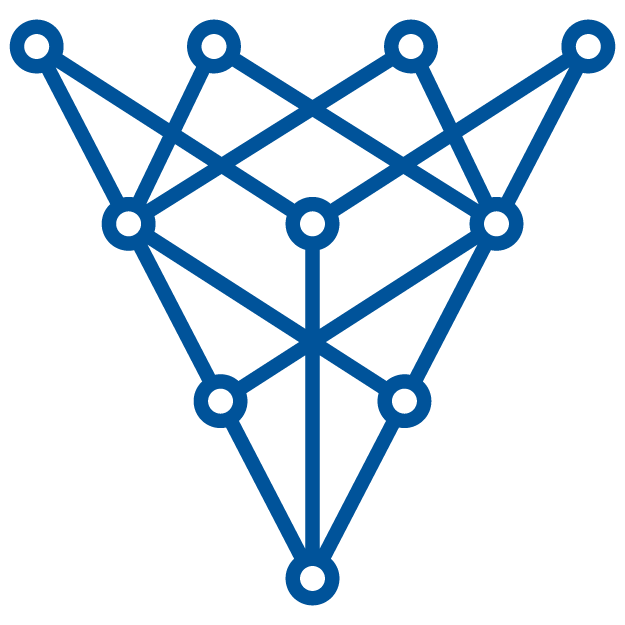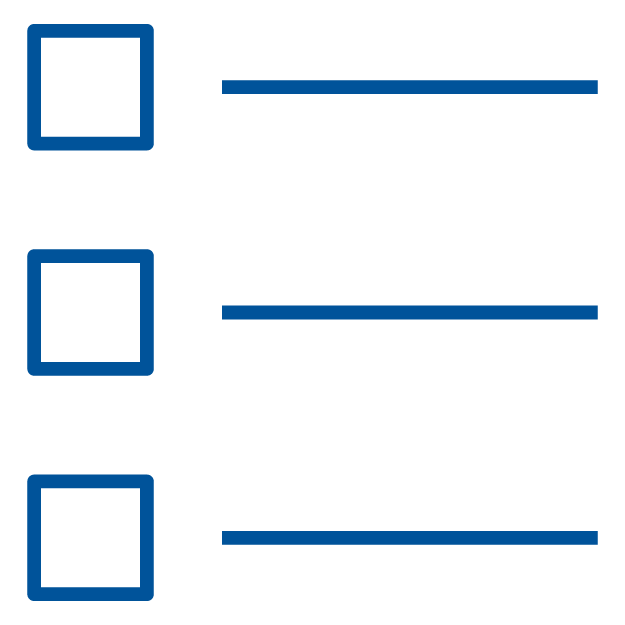A robust application architecture is the foundation of secure software. However, even the most well-designed applications can have hidden vulnerabilities. Digital Defence’s Application Architecture Review provides a comprehensive analysis, pinpointing weaknesses before they become exploits. Here’s why it’s crucial:

Review how application components interact. Mismatches between frameworks, libraries, or protocols can create security gaps.

Analyze data movement throughout the application. Unsecured data paths or inadequate access controls can lead to breaches.

Evaluate business logic for potential vulnerabilities. Improper authorization checks or validation errors can compromise data integrity.

Examine third-party libraries and frameworks. Outdated or insecure dependencies can introduce vulnerabilities into your application.

Analyze the configuration of your application environment. Improper security settings or weak server hardening practices can leave your system exposed.

Identify bottlenecks and inefficiencies within the architecture. This improves overall performance and ensures the application scales effectively.
Evaluate the architecture and design of applications, identifying potential security threats and risks for both on-premise and cloud-onboarded environments
Assess the strength and effectiveness of authentication mechanisms used within applications, including on-premise and cloud-based authentication solutions.
Review session management practices to ensure secure handling of session tokens, expiration policies, etc., for both on-premise and cloud deployments.
Verify the implementation of access controls to prevent unauthorized access to sensitive resources and functionalities across both on-premise and cloud environments.
Evaluate input validation, data sanitization, and output encoding mechanisms to prevent injection attacks and other common vulnerabilities in both on-premise and cloud-based applications.
Assess the implementation of cryptographic functions used for storing sensitive data, ensuring proper key management and encryption practices for both on-premise and cloud deployments.
Review error handling mechanisms and logging practices to detect and respond to security incidents effectively in both on-premise and cloud environments.
Ensure that sensitive data is adequately protected in transit and at rest, following best practices for encryption, access controls, etc., across both on-premise and cloud deployments.
Evaluate the security of communication channels used within applications, including encryption protocols, certificate validation, etc., for both on-premise and cloud-based deployments.
Assess the security of business logic implementations to prevent manipulation and exploitation by malicious actors in both on-premise and cloud-based applications.
Review the security of file handling and resource management within applications, including file upload/download functionality, file permissions, etc., for both on-premise and cloud deployments.
Verify the security of APIs and web services used within applications, including authentication, access control, data validation, etc., in both on-premise and cloud environments.
Assess the security of configuration settings within applications, ensuring that default configurations are not exposing unnecessary risks in both on-premise and cloud deployments.

This phase involves gathering requirements, understanding your business objectives, and reviewing existing documentation related to the application and its architecture.

Your application's architecture undergoes a meticulous examination, where experts identify strengths, weaknesses, and areas for improvement. This may involve code reviews, infrastructure assessments, and security vulnerability scans.

Based on the analysis, the AAR team provides actionable recommendations and proposes best practices to address identified issues, optimize the architecture, and future-proof your application.
AAR doesn’t just identify broad weaknesses; it pinpoints specific architectural flaws that can significantly impact your application:
Weak login procedures and access controls can leave your application vulnerable to unauthorized access.
Inadequately protected data can be accidentally or maliciously exposed, leading to privacy breaches.
Faulty communication channels between your application and other systems can cause integration issues and security risks.
Lack of comprehensive logging and monitoring makes it difficult to detect suspicious activity on your systems.
Our architects possess in-depth knowledge of industry best practices and the latest security threats. They will analyze your application's design for weaknesses in areas like access control, data encryption, and authentication protocols.
We employ advanced threat modeling techniques to anticipate potential attack vectors and assess the impact of successful exploits. This proactive approach ensures your application is built with security in mind from the ground up.
We evaluate the effectiveness of your existing security controls, such as access controls, data encryption, and authentication mechanisms. This ensures your application adheres to industry security standards and best practices.
APIs are a growing attack surface. Our review meticulously examines your application's APIs for vulnerabilities like authorization flaws, injection attacks, and insecure data exposure.
Modern applications rely on third-party libraries. We assess the security posture of these libraries, ensuring they don't introduce vulnerabilities into your application.
Following the review, you'll receive a comprehensive report detailing all identified vulnerabilities along with prioritized remediation recommendations and ongoing security best practices.
An AAR is a comprehensive evaluation of your application’s design and code. It identifies security weaknesses, potential performance bottlenecks, and scalability limitations.
AAR performed early in development can prevent costly rework later. By identifying issues upfront, you can make informed decisions about security best practices, saving time and resources in the long run.
An AAR can actually streamline development by exposing potential issues that would otherwise slow progress down the line. Addressing them early allows for a smoother development process.
No. An AAR is a proactive measure, ideally conducted early in the development lifecycle to minimize rework and ensure security from the start.